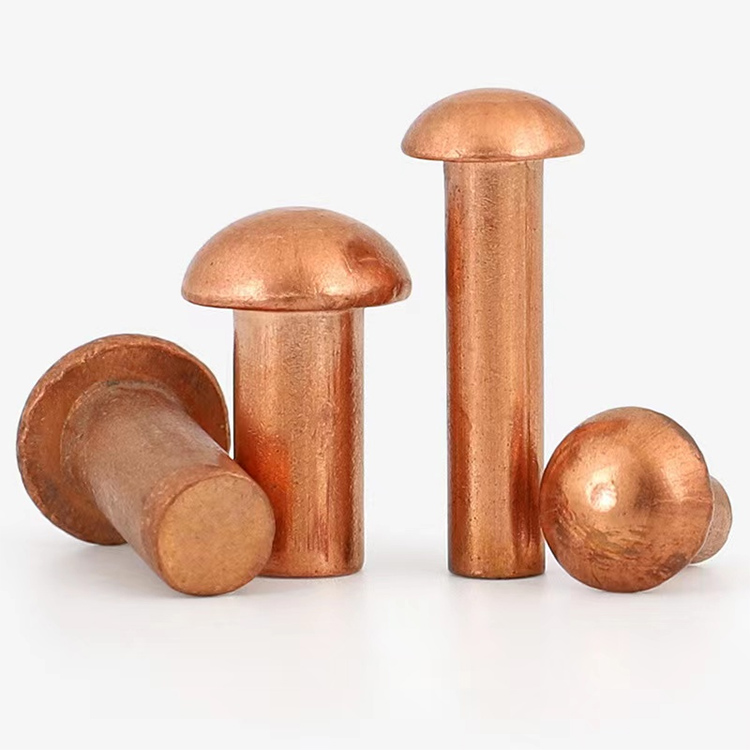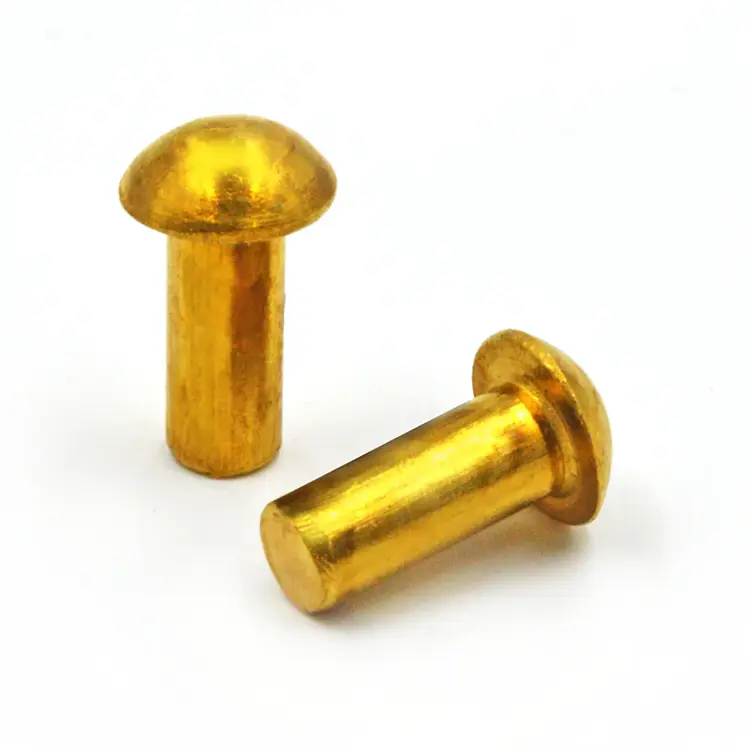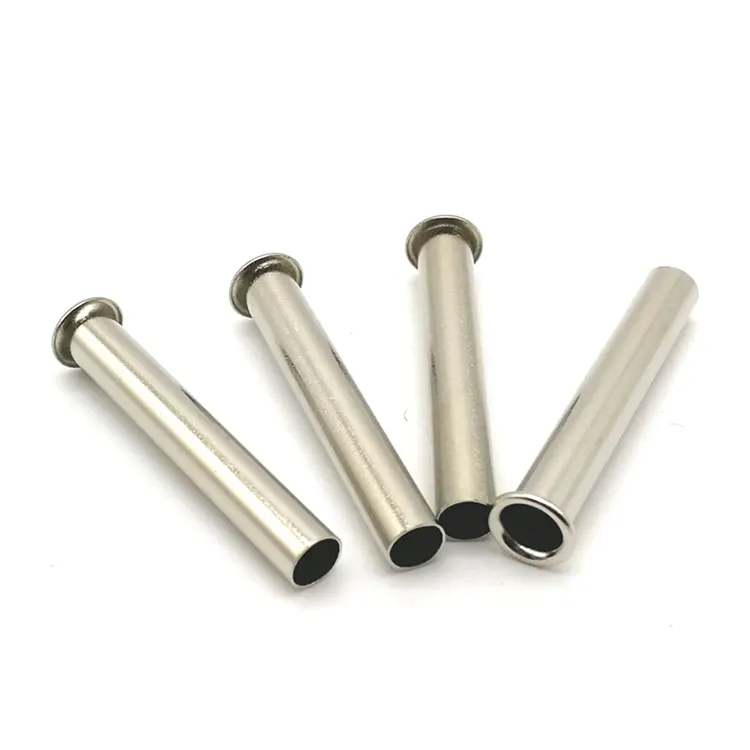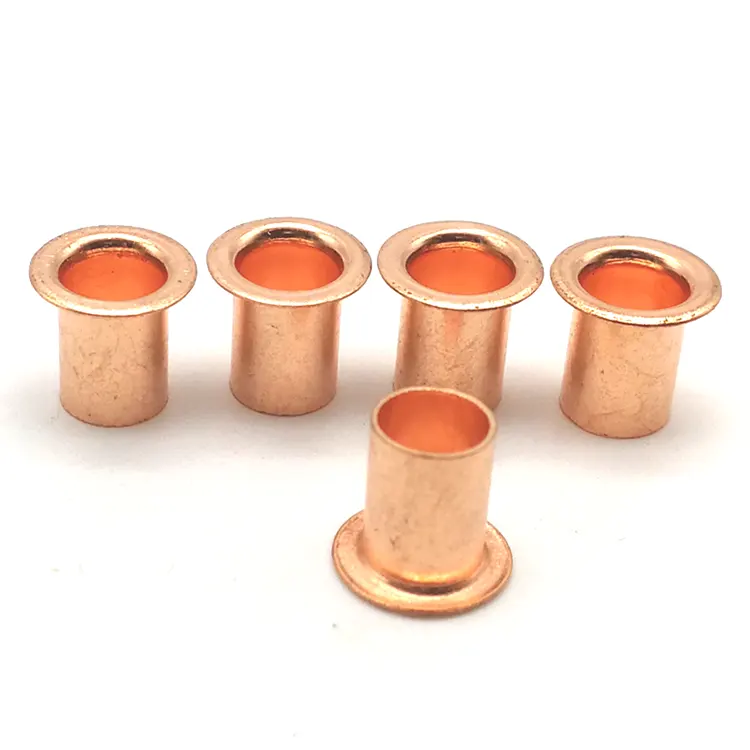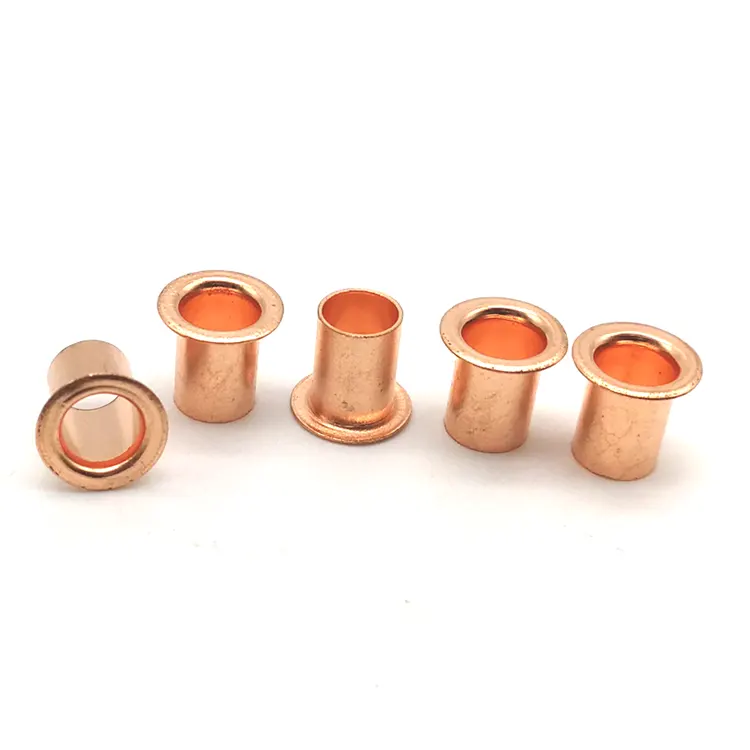Rivets tubulaires pleins
As one of professional high quality Full Tubular Rivets manufacturer, you can rest assured to buy Full Tubular Rivets from Notin and we will offer you the best after-sale service and timely delivery.
Full tubular rivets are also called as hollow rivets or tubular rivets, they are a common mechanical fastener, primarily used in applications requiring lightweighting or ventilation. Their structural characteristics are a completely hollow center with heads at each end, achieving connection through plastic deformation. Widely used in electronics, automotive manufacturing, aerospace, and other fields, they are favored for their unique structural design.
What is a hollow rivet?
A full tubular rivet consists of a shank and a head. The shank has a through hole in the center, and the head is typically round or oval. During installation, the rivet is inserted through the materials to be joined, and the tail is expanded using a specialized tool to form another head, securing the materials together. Because of the hollow center, full tubular rivets maintain ventilation or fluid conduction after connection, which is their primary difference from solid rivets.
What materials can full tubular rivets be made of? What are the characteristics of different materials?
full tubular rivets are made from a variety of materials, with aluminum alloy, stainless steel, and copper being common.
Aluminum tubular rivets are lightweight and corrosion-resistant, making them suitable for electronic products and lightweight structures. They are the most cost-effective rivets.
Stainless steel tubular rivets are strong and heat-resistant, and are often used in automobiles and industrial equipment. They are more expensive than aluminum hollow rivets.
Brass tubular rivets or copper tubular rivets have good conductivity and are mostly used for electrical connections. Their disadvantage is that they are relatively expensive.
When selecting materials, factors such as the use environment, stress conditions, and cost should be considered.

Installation method of full tubular rivets
Special tools are required to install hollow rivets, such as manual riveting machines or fully automatic assembly machines.
The operation steps are as follows:
(1) Drill a hole in the material to be connected, with the hole diameter slightly larger than the rivet diameter.
(2) Insert the rivet into the hole, ensuring that the head is close to the surface of the material.
(3) Align the rivet hole with the matching punch (the punch is installed on the riveting machine). (4) Shake the riveting machine so that the tail of the rivet is impacted by external force and curls up, forming the same arc as the head, thereby achieving the fastening function.

Advantages of Full Tubular Rivets
(1) Light weight: The hollow structure reduces the amount of material used and is suitable for weight-sensitive applications.
(2) Good air permeability: The through hole in the middle can be used for ventilation or diversion to avoid sealing problems.
(3) Easy installation: Only one-side operation is required, which is suitable for narrow spaces or occasions where the back cannot be accessed.
(4) Low cost: Compared with welding or bolting, the riveting process is simple, saving time and manpower.
Disadvantages of Full Tubular Rivets
(1) Limited strength: The hollow structure leads to weak tensile and shear resistance, which is not suitable for high-load scenarios.
(2) Non-removable: Once installed, the rivet is usually not reusable, and disassembly will damage the connection.
(3) Requirements for material thickness: Materials that are too thin or too thick may affect the riveting effect.
What are the main applications of hollow rivets?
(1) Electronic products: such as computer cases, radiators, etc., taking advantage of their lightweight and air permeability.
(2) Automotive manufacturing: used for non-load-bearing parts such as interior panels and wiring harness fixings.
(3) Aerospace: reduce weight while meeting some ventilation needs.
(4) Furniture assembly: connect metal or plastic parts and simplify the installation process.
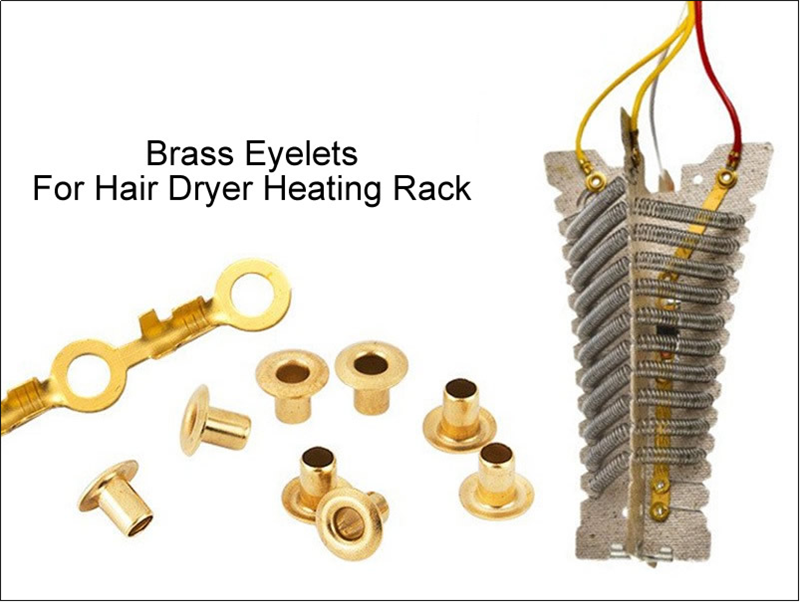
Comparison between hollow rivets and other rivets
(1) Compared with solid rivets: full tubular rivets are lighter and breathable, but have lower strength.
(2) Compared with semi-tubular rivets: the tail of semi-tubular rivets is partially hollow, with slightly higher strength, but the ventilation is not as good as full hollow rivets.
(3) Compared with blind rivets: the mandrel of blind rivets remains after installation, while the mandrel of full hollow rivets is completely detached, making the connection neater.
Suggestions for purchasing full tubular rivets
(1) Select rivets of appropriate length according to the thickness of the material to ensure that they can fully expand after installation.
(2) Consider the use environment. For example, corrosion-resistant or high-temperature resistant materials should be selected for humid or high-temperature conditions.
(3) Before purchasing in bulk, you can try it out first to confirm the riveting effect and tool compatibility.
Maintenance and precautions for full tubular rivets
(1) Avoid excessive force during installation to prevent rivet deformation or material damage.
(2) Regularly check the connection parts and replace them in time if they are loose or rusted.
(3) Keep them away from moisture during storage to prevent oxidation of the rivet surface that affects their use.
As a practical connector, full tubular rivets have irreplaceable advantages in specific scenarios. Understanding their characteristics and application methods will help you choose and use them reasonably in actual work, improving work efficiency and connection quality.
- View as
Rivets en tube en acier
Les rivets en tube en acier sont un type de fixation métallique qui atteint la connexion par déformation d'estampage. Ils sont constitués d'une tige tubulaire creux et d'une tête de capuchon d'extrémité, et appartiennent à la catégorie de fixation creux dans le domaine de l'ingénierie mécanique. Les métaux nuées offrent ce type de rivets en tube en acier à Dongguan, en Chine, pendant plus de 10 ans. Bienvenue pour nous envoyer votre conception.
En savoir plusenvoyer une demandeRivets creux en acier
Nuote Metals est spécialisé dans la production de rivets creux en acier. Nous sommes situés à Dongguan, en Chine. Il existe deux techniques principales pour produire des rivets creux en fer. L'une consiste à utiliser des tuyaux en fer, qui conviennent aux rivets plus longs. L'inconvénient est que l'exigence de quantité minimale d'ordre est relativement élevée. L'autre consiste à utiliser des techniques de dessin en profondeur. Nous donnerons des suggestions appropriées sur les techniques à utiliser en fonction des circonstances spécifiques du client.
En savoir plusenvoyer une demandeRivets en tube en acier inoxydable
Les métaux Nuote produisent des rivets en tube en acier inoxydable en Chine, les rivets en tube en acier inoxydable sont l'un des connecteurs couramment utilisés. En raison de la conception creuse, ils sont de petite taille et de poids léger, ils peuvent résister à des charges de pression et de traction plus élevées sans se casser ou se déformer et ils ont une bonne résistance à la corrosion et une résistance à l'oxydation, c'est pourquoi ils conviennent à une utilisation dans divers environnements.
En savoir plusenvoyer une demandeRivets creux en acier inoxydable
Les fixations jouent un rôle crucial dans l'industrie manufacturière, et les rivets creux en acier inoxydable, avec leur conception structurelle unique, sont largement utilisés dans plusieurs industries. Ils offrent une forte résistance à la corrosion, un poids réduit et une résistance accrue. Ces caractéristiques leur permettent de résister aux environnements d'exploitation plus durs, à prolonger la durée de vie des produits et à améliorer les performances.
En savoir plusenvoyer une demanderivets pour tubes de cuivre
Les rivets pour tubes en cuivre sont principalement constitués de cuivre, un matériau de haute pureté contenant de petites quantités d'autres éléments tels que l'oxygène et le phosphore. Le cuivre possède une excellente conductivité électrique et est souvent utilisé dans les connecteurs électriques. La conception structurelle du rivet tubulaire lui permet de se déformer lors de l'installation pour sécuriser le matériau, créant ainsi une connexion sécurisée. La douceur du cuivre rend les rivets de tuyaux en cuivre moins susceptibles de se fissurer lors de l'installation et offre d'excellentes propriétés d'étanchéité. Le cuivre est également très résistant à la corrosion et maintient sa stabilité dans les environnements humides, acides et alcalins, prolongeant ainsi sa durée de vie.
En savoir plusenvoyer une demandeRivets cuivrés en cuivre
Les rivets cuivrés en cuivre sont une attache courante, ils sont fabriqués à partir de cuivre de haute qualité, qui offre une excellente conductivité électrique et thermique et une résistance à la corrosion. Dans des environnements humides, un film d'oxyde se forme naturellement sur la surface du cuivre, offrant une certaine protection contre la corrosion et prolongeant la durée de vie du rivet. Cependant, la dureté relativement faible du cuivre le rend inapproprié pour résister à des charges mécaniques élevées. Contactez Nuote Metals pour en savoir plus sur les rivets cuivrés en cuivre.
En savoir plusenvoyer une demande
